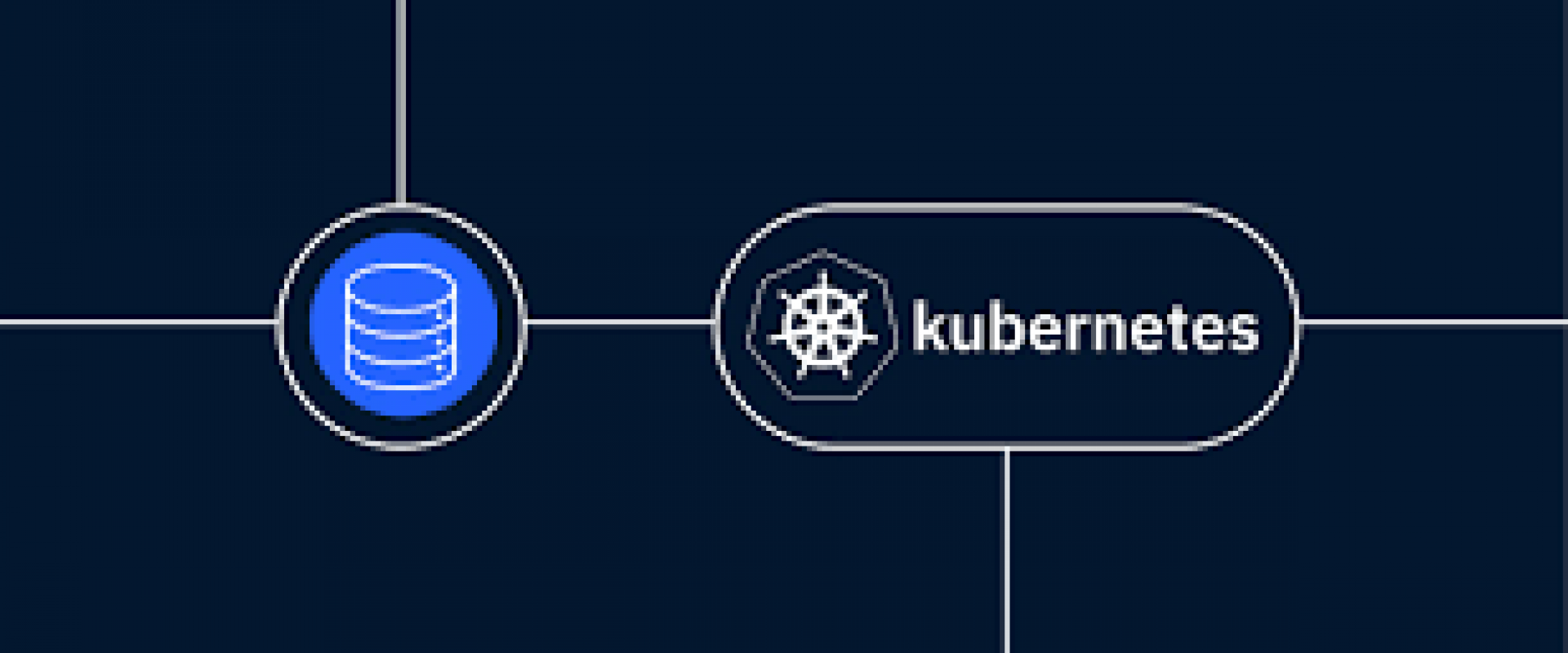Mastering Kubernetes Networking: Essential Concepts Explained

Explore the intricacies of Kubernetes networking and gain essential insights into key concepts.
In the ever-evolving world of cloud computing and containerization, Kubernetes has emerged as the frontrunner in orchestrating containerized applications. As a Chief Architect with over two decades in the industry, I've witnessed firsthand the transformative impact Kubernetes has on application deployment and management. This article aims to demystify the complex world of Kubernetes networking, a critical component for the seamless operation of containerized applications.
Understanding Kubernetes Networking
Kubernetes networking can be complex, but it's essential for ensuring that containers can communicate efficiently both internally and externally. The networking model in Kubernetes is designed to be flat, which means that containers can communicate with each other without the need for NAT (Network Address Translation).
Key Concepts
1. Pod-to-Pod Communication: In Kubernetes, each pod is allocated an IP address. This setup allows for direct communication between pods across different nodes without requiring Network Address Translation (NAT). This is fundamental to Kubernetes networking as it simplifies the process of container communication, making it more efficient and scalable.
2. Service-to-Pod Communication: Kubernetes Services act as stable endpoints for pods. They provide a single, consistent IP address which clients can connect to, irrespective of the pod's lifecycle or changes. Services route traffic to pods based on labels and selectors, allowing for dynamic load balancing. This abstraction is crucial for ensuring reliable and continuous access to the functionalities provided by a set of pods.
3. External-to-Internal Communication: To enable communication from external sources to the pods, Kubernetes provides several mechanisms. For instance, a NodePort exposes a service on each Node’s IP at a static port, a LoadBalancer integrates with cloud providers’ load balancers, and an Ingress manages external access to the services, typically via HTTP/HTTPS, offering features like SSL termination and name-based virtual hosting.
These concepts collectively ensure a robust, flexible, and efficient networking environment within a Kubernetes cluster, crucial for the deployment and management of containerized applications.
Networking Models
Kubernetes supports various networking models, but all of them conform to the basic requirement: pod-to-pod communication without NAT. Some popular network models include:
- CNI (Container Network Interface): Plugins like Calico, Flannel, and Weave provide the necessary networking functionality in Kubernetes.
- Overlay Networks: These networks create a virtual layer over the existing network, allowing pods on different nodes to communicate.
- Underlay Networks: These rely on the physical network infrastructure to provide connectivity.
Kubernetes Network Policies
Network policies in Kubernetes are like firewall rules for pods. They define how groups of pods can communicate with each other and other network endpoints.
Example
Here's a basic example of a Kubernetes Network Policy:
apiVersion: networking.k8s.io/v1
kind: NetworkPolicy
metadata:
name: test-network-policy
spec:
podSelector:
matchLabels:
role: db
policyTypes:
- Ingress
ingress:
- from:
- podSelector:
matchLabels:
role: frontend
ports:
- protocol: TCP
port: 6379
This policy allows pods with the label role: frontend to access pods with the label role: db on TCP port 6379.
Implementing Network Policies
Implementing network policies in Kubernetes requires a network plugin that supports this feature. Here's a step-by-step guide:
1. Install a Supported Network Plugin: Ensure that your Kubernetes cluster is running a CNI plugin that supports network policies, such as Calico.
2. Define Network Policies: Create YAML files for your network policies, as shown in the example above.
3. Apply the
Policies: Use kubectl apply -f
4. Verify: Use kubectl get networkpolicies to list all the network policies applied to your cluster.
Challenges and Best Practices
While Kubernetes networking offers flexibility, it also brings challenges. Here are some best practices to follow:
1. Monitoring and Logging: Implement robust monitoring and logging to track network performance and diagnose issues.
2. Security: Use network policies to enforce least privilege access to and from pods.
3. Performance: Choose the right CNI plugin based on your performance requirements. Consider factors like network overhead and latency.
4. Scaling: Plan for network scalability as your cluster grows. This includes considering load balancing strategies and network resource allocation.
Conclusion
Kubernetes networking is a pivotal aspect of container orchestration, ensuring efficient communication between containers, services, and external resources. Understanding and implementing effective networking strategies and policies are crucial for the smooth operation of Kubernetes clusters. As we continue to leverage technology for innovation, the role of Kubernetes in cloud computing and container orchestration remains paramount. Remember, the journey of learning Kubernetes is ongoing, and embracing its networking complexities is a significant step toward mastering this powerful tool.
We Provide consulting, implementation, and management services on DevOps, DevSecOps, DataOps, Cloud, Automated Ops, Microservices, Infrastructure, and Security
Services offered by us: https://www.zippyops.com/services
Our Products: https://www.zippyops.com/products
Our Solutions: https://www.zippyops.com/solutions
For Demo, videos check out YouTube Playlist: https://www.youtube.com/watch?v=4FYvPooN_Tg&list=PLCJ3JpanNyCfXlHahZhYgJH9-rV6ouPro
If this seems interesting, please email us at [email protected] for a call.
Recent Comments
No comments
Leave a Comment
We will be happy to hear what you think about this post